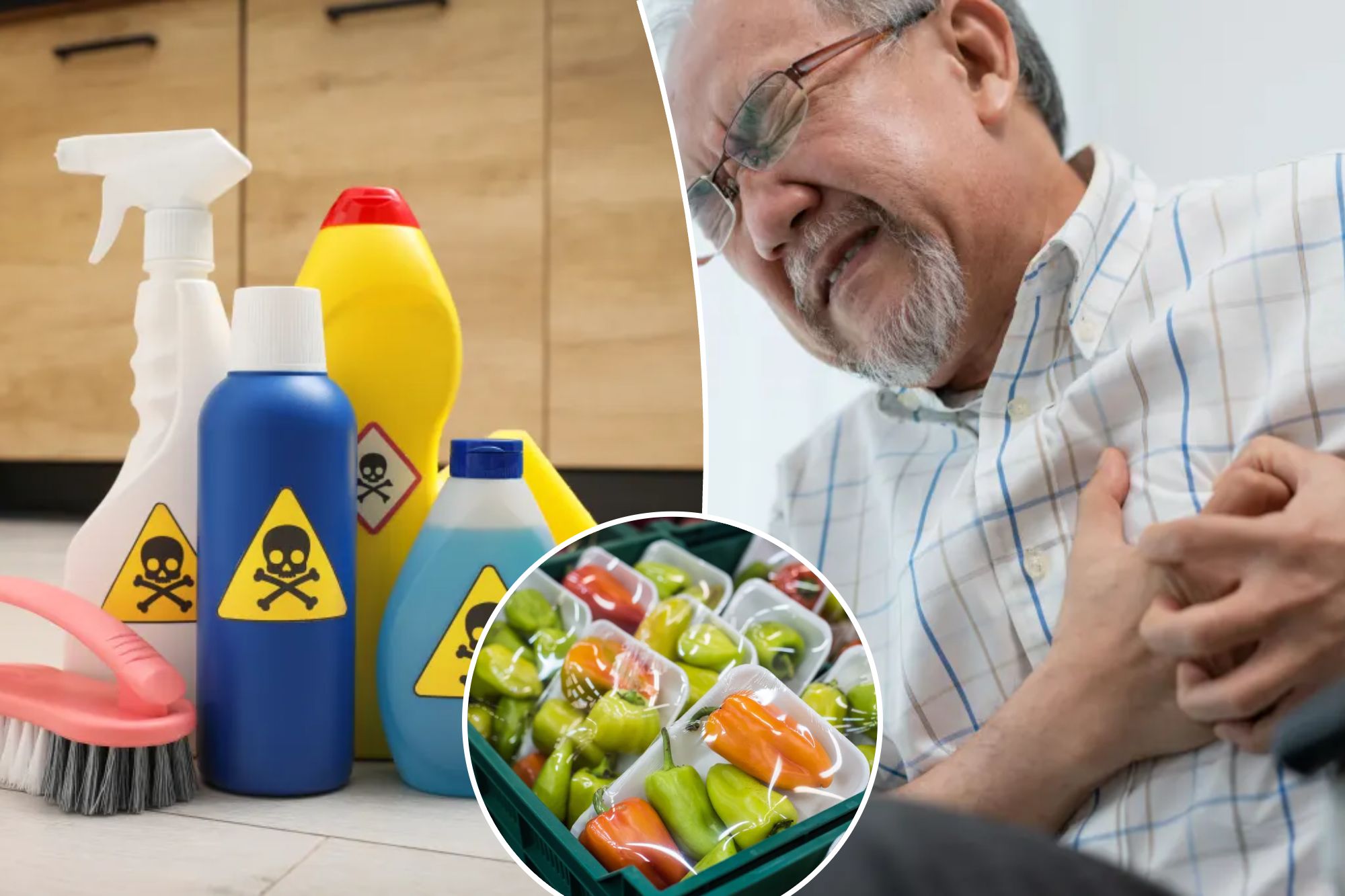
Some difficult news to get to the heart.
A new shocking study suggests that the usual chemicals found in a wide range of daily plastic products may have contributed to 356,238 deaths of heart disease in just one year.
“Our findings add to the great evidence that these chemicals pose a tremendous risk to human health,” said Sara Hyman, BS, author of the main study and an associate research scientist at NYU Grossman School of Medicine.
Phthalates are chemicals that stay in everything, from cosmetics and personal care products to construction materials and cleaning supplies.
For decades, studies have shown that when these substances are scattered in small particles and make their way to our bodies, they can increase the risk of serious health issues, ranging from overweight and diabetes to fertility problems and cancer.
Fathates have also been shown to potentially interfere with children’s brain development, leading to learning difficulties, as well as attention and behavioral disorders.
What did the study find?
The new study, led by researchers at NYU Langone Health, puts in the spotlight a particularly common cutet: di-2-eilhexil phthalate-or dehp for February.
This chemical is used to make food containers, medical equipment and other softer and more flexible plastic goods. It is also commonly used in perfumes, air refreshments and other aromas to make odors to climb longer.
“Exposure has been shown in other studies to promote a highly active immune response (inflammation) in the heart arteries, which, over time, is associated with increased risk of heart attack or stroke,” Hyman Post told.
“Our analysis defines this relationship globally, to illustrate the dangers of exposure to these chemicals,” he added.
Researchers were reduced through health and environmental data from dozens of surveys on dehp exposure to 200 countries and territories. They also analyzed mortality statistics from the Institute for Metrics and Health Evaluation, a US -based research group that traces global public health trends.
The findings were strict: Dehp’s exposure contributed to more than 13% of all the deaths of heart disease worldwide in 2018 among people aged 55 to 64 years.
Regarding the price label, researchers estimate that the economic number of these deaths was about $ 510 billion, with some forecasts up to $ 3.74 trillion.
Who hits it tightly?
While chemicals are widely used throughout the globe, the study found that regions such as the Middle East, South Asia, East Asia and the Pacific were hit more difficult, comprising about three -quarters of total deaths.
India had the highest number of deaths in 103,587 deaths, followed by China and Indonesia.
One possible explanation, the authors said, is that these countries suffer higher rates of exposure to these chemicals, perhaps due to a boom in plastic production paired with fewer productive restrictions than in other regions.
“Plastic and chemicals within them pose a risk to human health, but these risks are not inevitable,” Hyman said.
“Regulations that limit the amount of canals to products and limit personal plastic consumption can help reduce the amounts of these chemicals in our environment, and in our bodies,” he added.
Hyman noted that the study was not created to test dehp only caused heart disease-and analysis no factor in other cannons or deaths outside the age of 55 to 64.
This means that the true number of deaths associated with these chemicals is likely even higher, he warned.
Further, the research team plans to study how to reduce the exposure of the cantet can reduce the death level and take a closer look at other chemical -related health risks, such as premature birth.
How to Avoid Hazardous Fthalates
Fathates are practically everywhere – in your shampoo, your intake, your bedding pillows – and yes, in you too. In fact, some studies show that almost every American has traces of these chemicals in their bodies.
Good news: There are simple actions you can take to reduce your exposure, by environmental work group (EWG).
Start by reading good print. If the products list phthalates or simply the unclear “aroma” in their ingredients, it is best to skip it.
Be careful in the kitchen as well. Heating of food or drinks in plastic containers that may contain fthalate can cause chemicals to flow into your meal.
You may also want to rethink that ride in the car-through. A 2016 study found that fast food lovers had significantly higher exposure to the core, likely thanks to all the plastic used in the processing and packaging of these items.
Moreover, the smartest purchase makes a difference. Keep an eye for the “Verified EWG” sign when shampoo, cleaner and even diapers – it means that the product is without cutest.
You can also look at the deep database of EWG skin and a healthy cleansing guide to finding personal care and cleaning products that do not contain fthalate, undiscovered fragrances and other harmful chemicals.
#Common #chemical #deaths #heart #disease #350k
Image Source : nypost.com